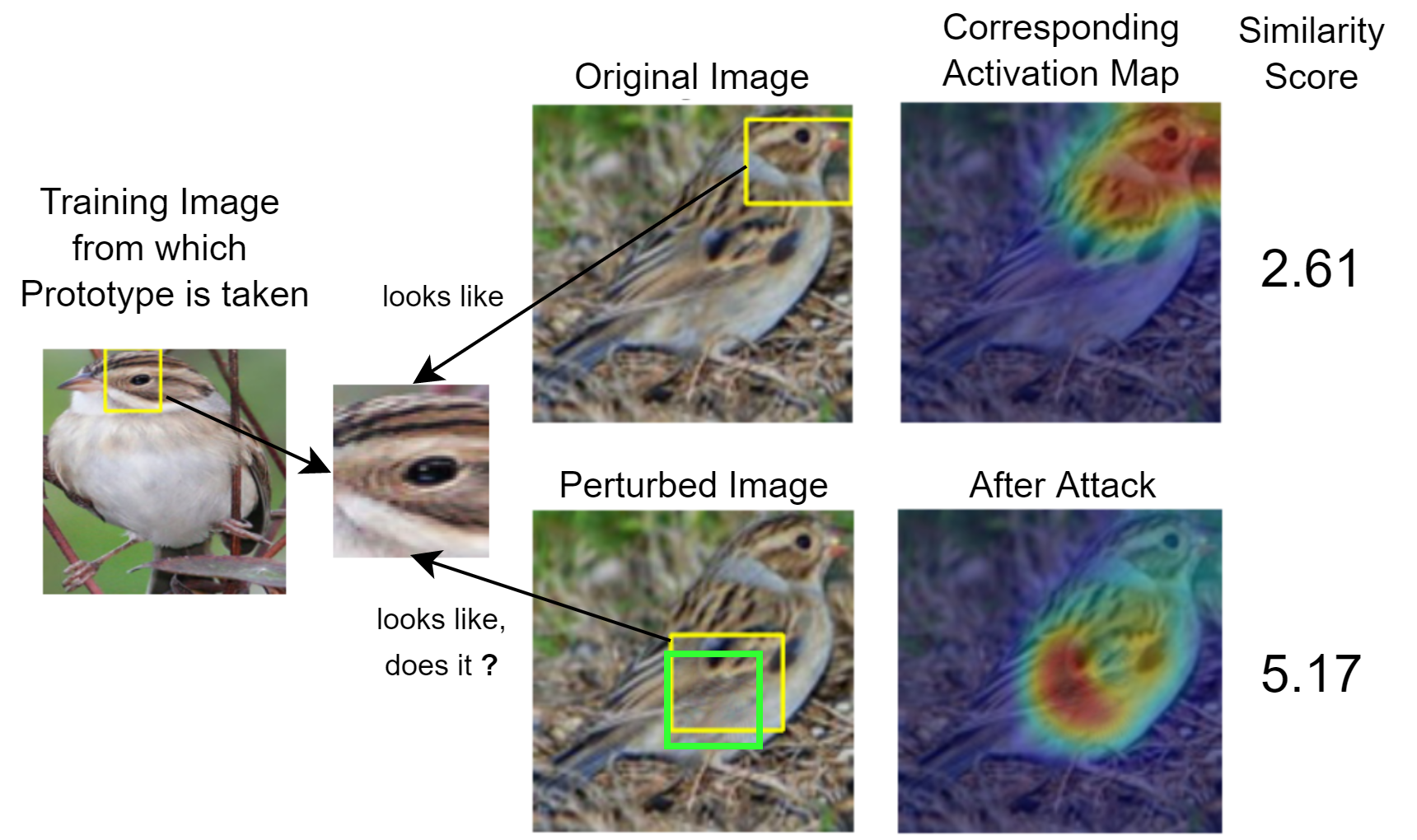This Looks Like That: Deep Learning for Interpretable Image Recognition
When we are faced with challenging image classification tasks, we often explain our reasoning by dissecting the image, and pointing out prototypical aspects of one class or another. The mounting evidence for each of the classes helps us make our final decision. In this work, we introduce a deep network architecture -- prototypical part network (ProtoPNet), that reasons in a similar way: the network dissects the image by finding prototypical parts, and combines evidence from the prototypes to make a final classification. The model thus reasons in a way that is qualitatively similar to the way ornithologists, physicians, and others would explain to people on how to solve challenging image classification tasks. The network uses only image-level labels for training without any annotations for parts of images. We demonstrate our method on the CUB-200-2011 dataset and the Stanford Cars dataset. Our experiments show that ProtoPNet can achieve comparable accuracy with its analogous non-interpretable counterpart, and when several ProtoPNets are combined into a larger network, it can achieve an accuracy that is on par with some of the best-performing deep models. Moreover, ProtoPNet provides a level of interpretability that is absent in other interpretable deep models.
PDF Abstract NeurIPS 2019 PDF NeurIPS 2019 Abstract



 CUB-200-2011
CUB-200-2011
 Stanford Cars
Stanford Cars